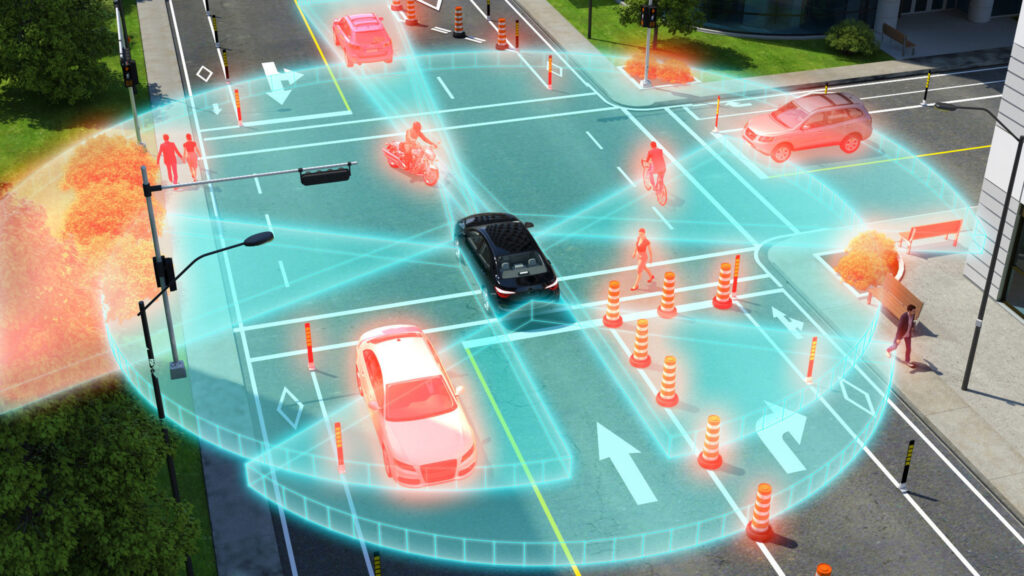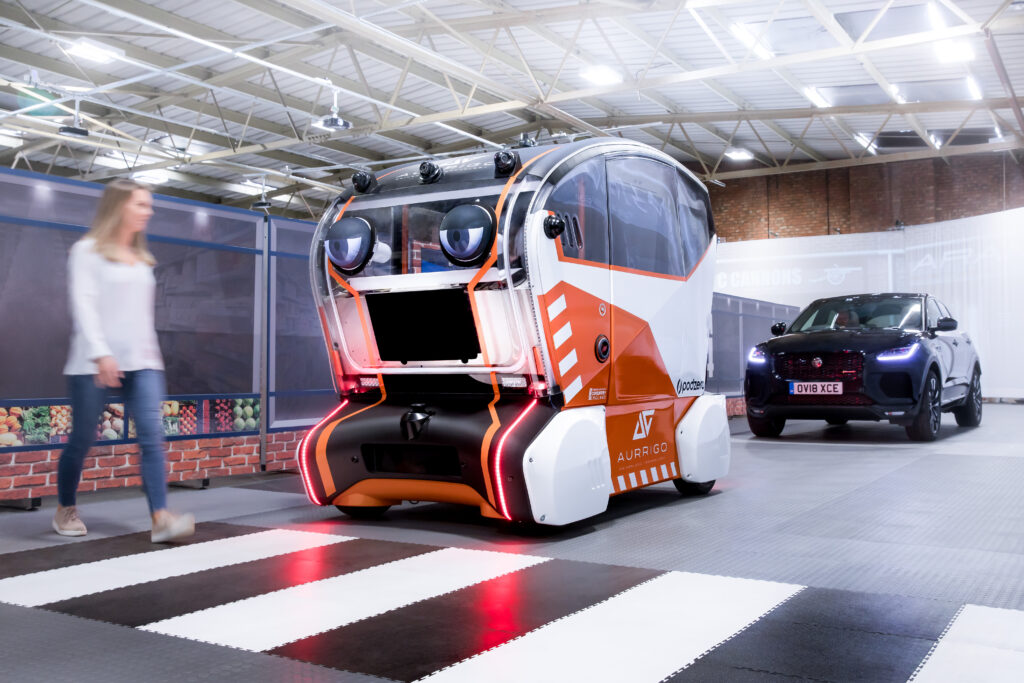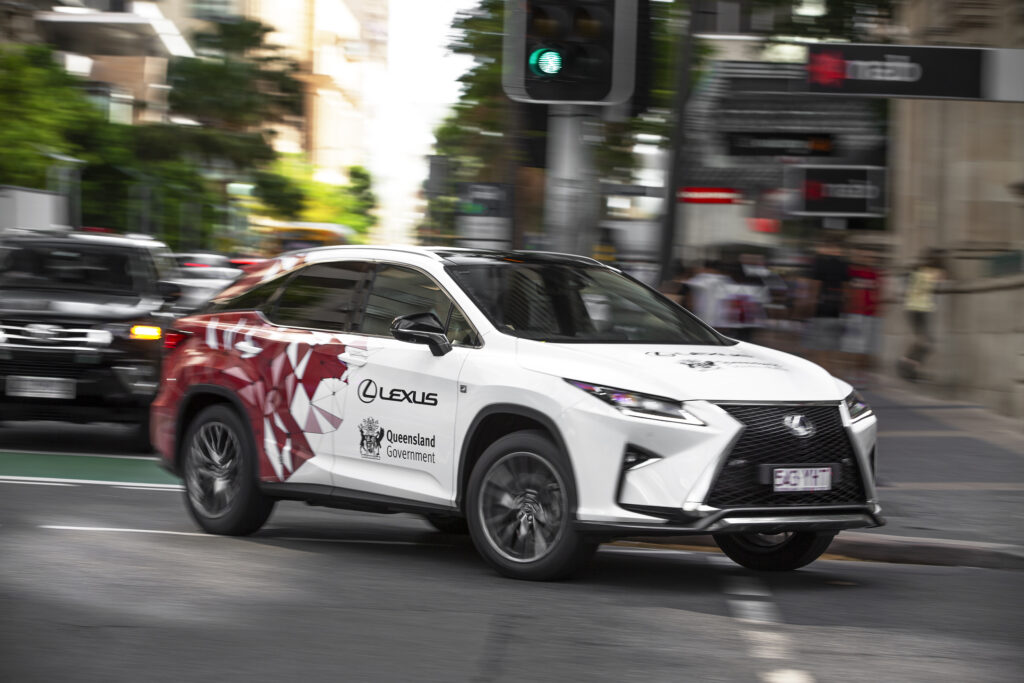Australian government’s autonomous car push
- PostedPublished 1 December 2018
The Australian Government has announced a new initiative called the Office of Future Transport Technologies (OFTT) that will pave the way for the deployment of autonomous vehicles and other new transport systems in an effort to maximise the benefits offered by such technologies.
Michael McCormack, the deputy prime minister and minister for infrastructure, transport and regional development, said: “The emergence of automated vehicles represents a significant opportunity to realise safety and productivity benefits while supporting Australian industry and innovation.”
The initiative has been enabled by a $9.7 million investment from the Coalition government. It will help coordinate various government bodies and agencies, ensuring that the right policies, regulations and infrastructure are rolled out to support upcoming developments.
After all, the future transport and mobility industry is reputed to generate more than $16 billion in revenue by 2025 alone. While semi- and fully autonomous vehicles are still in their infancy, proper planning and appropriate development of the systems, roads and technologies required will bolster this burgeoning sector.

The adoption of autonomous vehicles also poses significant benefits on the safety front. “These advances can also help to reduce the significant social impacts that road deaths and injuries have on families and the wider community,” said McCormack. “These technologies also have great potential to reduce the $27 billion cost of road crashes in Australia each year.”
The Australian Automobile Association (AAA) has embraced the creation of the OFTT, as federal leadership of this complex and innovative technology should help ensure the safe rollout of autonomous vehicles. It has, however, called for the further establishment of a national road safety organisation that would help to reduce the 100 monthly deaths and 100 daily injuries on Australia’s roads.
While planning for the future of Australia’s roads is a sensible and forward-thinking idea, communication to drivers about the capabilities of the cars needs improvement.
Euro NCAP, the European safety testing and vehicle rating association, recently issued a stark warning following an extensive review of myriad mainstream cars with modern assistance features.
In particular, Euro NCAP highlighted that more than 70 per cent of new car drivers mistakenly believed that they could today buy a car capable of driving itself. This increasingly common misunderstanding about the myriad driver assistance and semi-autonomous functionality is in itself a significant danger, as people assume the cars are capable of handling various situations – when, in fact, systems are being used in improper fashions or relied upon to an inadvisable extent.

Safe Kids Worldwide has also called for an increased focus on child passenger safety in autonomous cars – citing situations such as an impaired adult driver, or an autonomous car diverting into an unknown location.
Then there are questions about how autonomous vehicles will interact with passers-by – with studies suggesting that up to 63 per cent of pedestrians and cyclists would feel less safe on roads occupied by autonomous cars.
Consequently, Jaguar Land Rover has been conducting trials with a series of self-driving pods which feature human-like eyes (pictured below). These search for and track pedestrians, in order to show acknowledgement of their presence and boost confidence.
Pete Bennett, future mobility research manager at Jaguar Land Rover, said: “We want to know if it is beneficial to provide humans with information about a vehicle’s intentions or whether simply letting a pedestrian know it has been recognised is enough to improve confidence.”
The protection of passengers and pedestrians is among the plethora of issues currently facing autonomous vehicles. One other recently voiced issue, however, is that of the proper recording of the decision-making process made by the car – as, following an accident, the authorities will need to know precisely which decisions were made and why. Some are calling for the fitment of advanced black boxes to resolve this issue, which will catalogue every facet of the vehicle’s operation.

Industry giant IBM is among those acting to make the decisions made by artificial intelligence (AI), used in autonomous vehicles, more transparent. It recently released a new AI platform that, among its many facets, is designed to help with the development of self-driving systems.
IBM has also unveiled a new software service for AI operations that explains the decision-making process and highlights any problems or biases, boosting confidence among those considering using AI in both developmental and practical applications.
Beth Smith, general manager of Watson AI at IBM, said: “We are giving new transparency and control to the businesses who use AI and face the most potential risk from any flawed decision making.”
Lexus autonomous vehicle trial in Queensland
THE Queensland government has announced a partnership with Lexus Australia that will assess numerous advanced technologies on the state’s roads, furthering its technologically forward-thinking attitude to motoring.
Lexus will equip two RX450h SUVs with new hardware that will allow them to communicate with Queensland infrastructure such as traffic lights and junction cameras. In doing so, the car’s systems could then potentially alert a driver to a crash far ahead or guide them around congestion.

The test, focused on what are dubbed cooperative intelligent transport systems (C-ITS), will run for two years on Queensland roads. If effective, the system could help boost safety while cutting congestion and emissions – and the trial, which will take place from 2019 to 2020, is hoped to prove the benefits and opportunities such technology offers.
Queensland transport and main Roads minister Mark Bailey said: “These vehicles, which will connect to each other and to infrastructure, will also be capable of recording data and visual information for the purpose of evaluating the effectiveness of the trial, understanding user acceptance of the technology and identifying problems.”
- CategoriesIn SightGlass
- TagsAutonomous vehicles, SightGlass News Issue 15


